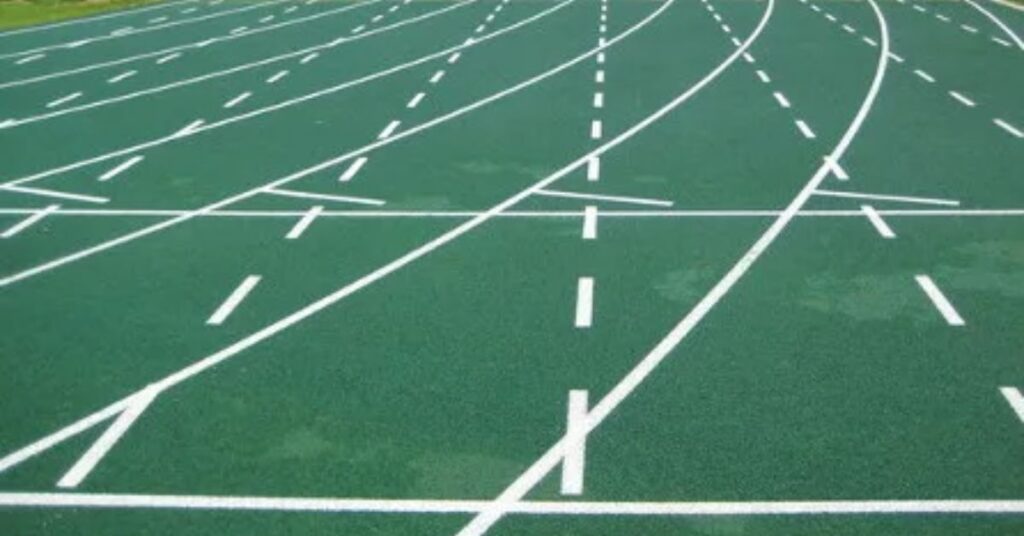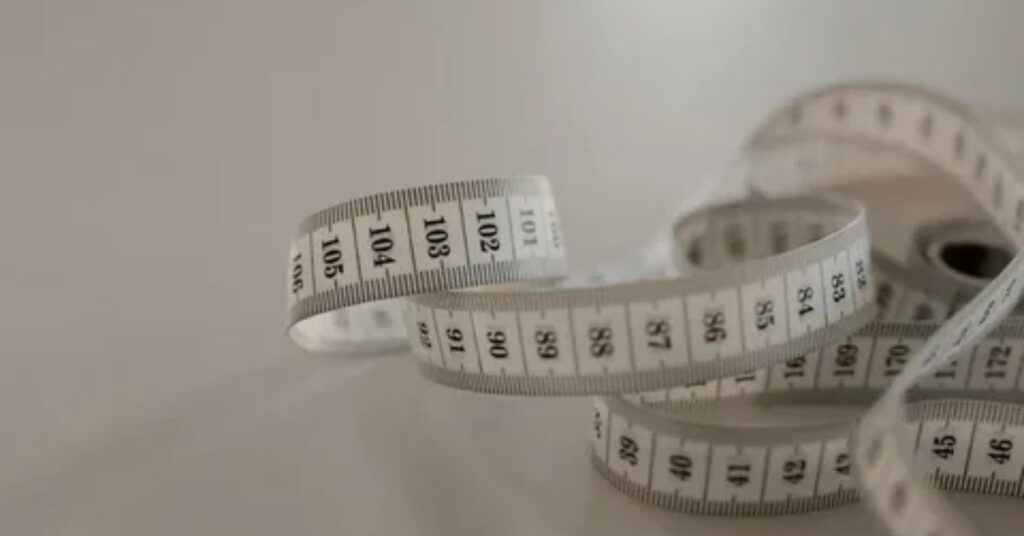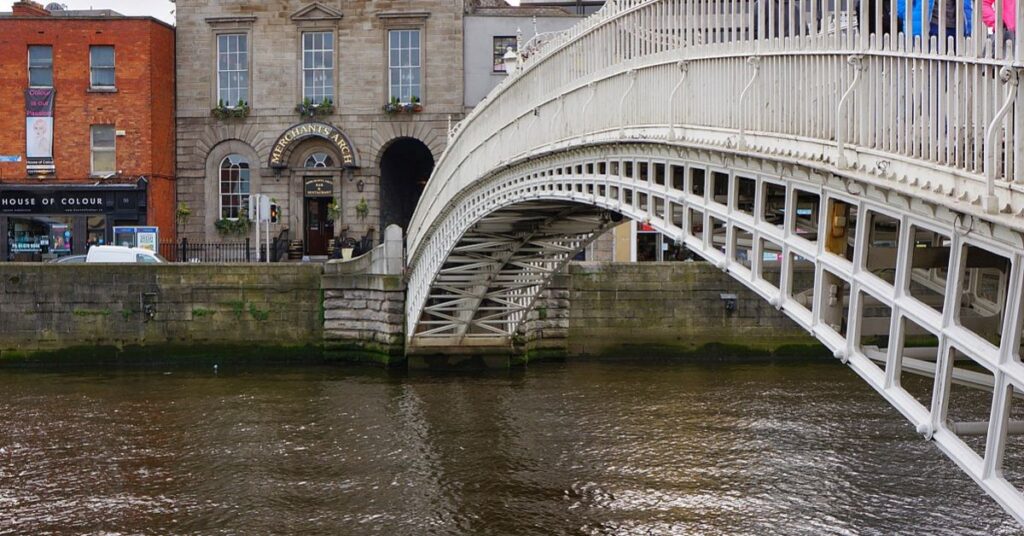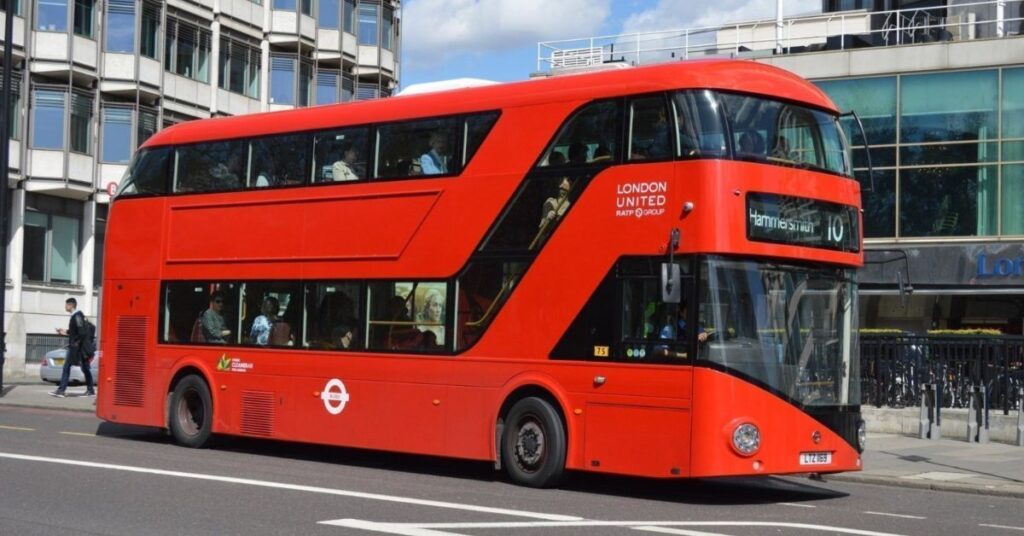In our daily lives, we often encounter measurements and distances, but sometimes it can be challenging to visualize exactly how long or big something is. One such measurement is 10 meters.
To help put this length into perspective, we’ll explore various objects and comparisons that are approximately 10 meters in size. By the end of this article, you’ll have a clearer understanding of what 10 meters represents in real-world terms.
How Long is 10 Meters Length?

Before we dive into our list of 10-meter comparisons, let’s first establish what exactly 10 meters means in terms of length. 10 meters is equivalent to:
- 32.8 feet
- 10.94 yards
- 1000 centimeters
- 393.7 inches
In the metric system, a meter is defined as the length of the path traveled by light in a vacuum in 1/299,792,458 of a second. While this definition might seem abstract, it’s based on precise scientific measurements to ensure consistency across the globe.
10 meters is a significant length in many contexts. It’s long enough to be easily visible and measurable in outdoor settings, yet short enough to be relatable on a human scale. This length is commonly used in various fields, including construction, sports, and everyday measurements.
10-Meter tall Building

A 10-meter tall building is equivalent to a three-story structure. This height is common for many residential buildings, small apartment complexes, and some commercial structures. To put this into perspective, imagine standing at the base of a three-story building and looking up – that’s approximately 10 meters.
While not considered a high-rise, a 10-meter tall building is still substantial and would dominate the skyline in many suburban or rural areas. In urban settings, it would blend in with other low to mid-rise structures, contributing to the varied cityscape.
READ THIS BLOG: How Far is 500 Kilometers (km)? 8 Common Comparisons
How Far is 10 Meters?

Ten meters is about as long as a big school bus. It’s the same as taking 10 big steps. You can think of it as half the length of a bowling lane.
Ten meters is also the height of a three-story building. It’s taller than a giraffe, even with its neck stretched up. If you laid five tall adults end to end, that would be close to 10 meters.
10 Meters Compared to the Human

To truly grasp the scale of 10 meters, it’s helpful to compare it to the average human height. The global average height for adults is approximately 1.65 meters (5 feet 5 inches) for women and 1.78 meters (5 feet 10 inches) for men.
This means that 10 meters is about:
- 6 times the height of an average adult
- The height of a stack of 5-6 adults standing on each other’s shoulders
- Equivalent to the length of about 5-6 adults lying head to toe
When you consider that most people can comfortably reach up to about 2.4 meters (8 feet) with their hands extended, 10 meters becomes even more impressive. It would take more than four fully extended reaches to touch the top of a 10-meter object.
This comparison helps illustrate why 10-meter structures or distances feel substantial to us – they significantly exceed our own physical dimensions and reach.
1. Retractable Tape measure

A standard retractable tape measure used in construction and DIY projects is often 10 meters long. These tools are designed to be portable yet capable of measuring significant distances, making them perfect for various tasks around the home or on construction sites.
The 10-meter length of these tape measures is not arbitrary. It’s long enough to measure most rooms, corridors, and small outdoor spaces in a single stretch. At the same time, it’s short enough to be easily manageable and retractable into a compact case.
Using a 10-meter tape measure can give you a hands-on feel for this length. Try extending it fully in an open space, and you’ll get a tangible sense of how far 10 meters really is. It’s long enough to span across most residential rooms diagonally and can measure the length of many small houses or large vehicles in one go.
2. 10 Adult Steps

On average, an adult’s stride length (the distance between the heel print of one foot to the heel print of the other foot) is about 1 meter. This means that 10 adult steps cover approximately 10 meters.
This comparison is particularly useful because it provides a quick and easy way to estimate 10 meters without any tools. Whether you’re trying to gauge the size of a room, estimate the distance to an object, or measure out a space outdoors, counting out 10 normal steps can give you a reasonably accurate 10-meter measurement.
Of course, this method isn’t precise, as stride length can vary based on factors like height, walking speed, and terrain. However, it serves as a handy rule of thumb for quick estimations.
3. Telephone Pole

Standard utility poles, often referred to as telephone poles, are typically around 10 meters (30-35 feet) in height. These ubiquitous structures line our streets and highways, carrying power lines, telephone cables, and other utilities.
The 10-meter height of these poles is carefully chosen to:
- Provide adequate clearance for vehicles passing underneath
- Keep electrical wires at a safe distance from the ground
- Allow for multiple levels of wires and equipment
Next time you’re walking or driving, take a moment to look at these poles. Their height gives you a real-world reference for 10 meters that you can spot almost anywhere in urban or suburban areas.
4. Half a Cricket Pitch

A standard cricket pitch is 22 yards long, which is equivalent to 20.12 meters. This means that half a cricket pitch is almost exactly 10 meters.
For cricket enthusiasts, this comparison provides an immediate visual reference. Imagine the distance from one set of stumps to the middle of the pitch – that’s your 10 meters.
Even for those not familiar with cricket, this comparison can be useful. Many schools, parks, and sports grounds have cricket pitches, providing a readily available real-world example of a 20-meter distance that can be easily halved to visualize 10 meters.
5. Four and a Half times the Height of André the Giant

André the Giant, the famous professional wrestler and actor, stood at an impressive 2.24 meters (7 feet 4 inches) tall. To reach 10 meters, you would need to stack about four and a half André the Giants on top of each other.
This comparison helps to put 10 meters into perspective in terms of human scale. André the Giant was known for his extraordinary height, often towering over his co-stars and opponents. Imagining four and a half of him stacked vertically gives a vivid impression of just how tall 10 meters is.
It’s worth noting that André the Giant’s height was exceptionally rare. The fact that it would take more than four of him to reach 10 meters underscores how this length exceeds even the most extreme examples of human height. Comparing ten meters to André’s height provides a dramatic sense of scale.
6. ¼ the Length of Ha’Penny Bridge

Ha’Penny Bridge, an iconic pedestrian bridge over the River Liffey in Dublin, Ireland, is approximately 43 meters long. This means that a quarter of its length is roughly 10 meters.
This comparison provides a relatable scale for those who have visited Dublin or seen images of this famous landmark. Imagine walking a quarter of the way across the bridge – that distance represents 10 meters.
Even for those unfamiliar with this specific bridge, it offers a useful comparison to other pedestrian bridges. Many footbridges in parks or over small rivers are of similar length, allowing you to estimate 10 meters as roughly a quarter of their span.
7. A Bus

A standard city bus is typically around 10 meters long. This includes common models used in public transportation systems worldwide.
The 10-meter length of a bus is designed to balance passenger capacity with maneuverability in urban environments. It allows for:
- Seating for 40-50 passengers
- Standing room for additional passengers
- Adequate space for wheelchair access and storage
Next time you see a bus on the street or wait at a bus stop, take a moment to observe its length. This everyday object provides an excellent real-world reference for 10 meters.
8. Half a Bowling Lane

A standard bowling lane, from the foul line to the head pin, is 60 feet long, which is equivalent to about 18.29 meters. Half of this distance is very close to 10 meters.
For bowling enthusiasts, this comparison offers an immediate visual reference. Imagine the distance from the foul line to just past the arrows on the lane – that’s approximately 10 meters.
Even for those who don’t bowl regularly, this comparison can be useful. Many people have been to a bowling alley at least once and can recall the length of the lanes. Visualizing half of that distance provides a good estimate of 10 meters.
9. Five times the Height of a Refrigerator

An average full-size refrigerator stands about 1.7 to 1.9 meters tall. This means that if you could stack five refrigerators on top of each other, the resulting tower would be approximately 10 meters high.
This comparison brings the concept of 10 meters into a domestic context. Most people interact with a refrigerator daily, making it a familiar point of reference. Imagining five of these substantial appliances stacked vertically helps to illustrate the impressive height of 10 meters.
It’s worth noting that such a stack would be extremely unstable and is used here purely as a visual aid. In reality, a 10-meter stack of any household appliances would be both impractical and dangerous.
READ THIS BLIOG: 10 Things That Are 100 Feet (ft) Long
10. Three-story Building

As mentioned earlier, a 10-meter tall structure is equivalent to a typical three-story building. This comparison is particularly useful because most people have experience with buildings of this height, either living in them or seeing them regularly in urban and suburban environments.
A three-story building usually consists of:
- Ground floor
- First floor
- Second floor
- Roof
Each story is typically about 3 meters high, accounting for both the ceiling height within each floor and the space needed for flooring and utilities between levels.
This comparison helps to ground the concept of 10 meters in everyday experience. Whether it’s an apartment building, a small office complex, or a large family home, a three-story structure provides a tangible reference for this height.
Frequently Asked Questions
How many feet are in 10 meters?
10 meters is equivalent to approximately 32.8 feet.
Can the average person jump 10 meters?
No, the world record for long jump is 8.95 meters. 10 meters is beyond human jumping capability.
How long would it take to walk 10 meters?
At an average walking speed, it would take about 7-8 seconds to walk 10 meters.
Is it 10 meters deeper than most swimming pools?
Yes, most recreational swimming pools are less than 10 meters deep. Olympic pools are typically 3 meters deep.
How many 10 meter lengths are in a kilometer?
There are 100 lengths of 10 meters in a kilometer.
Final Thoughts
Understanding the scale of 10 meters can be challenging without proper context. By comparing this length to various familiar objects, structures, and experiences, we can better grasp its magnitude. From the length of a bus to the height of a three-story building, 10 meters proves to be a substantial yet relatable distance in many contexts.
This exploration of 10-meter comparisons highlights how we can use everyday references to understand abstract measurements. Whether it’s visualizing half a bowling lane, counting out 10 steps, or imagining a stack of refrigerators, these comparisons provide tangible ways to conceptualize this length.

Anthony is a seasoned SEO expert with a passion for content writing, keyword research, and web development. He combines technical expertise with creative strategies to deliver exceptional digital solutions.












